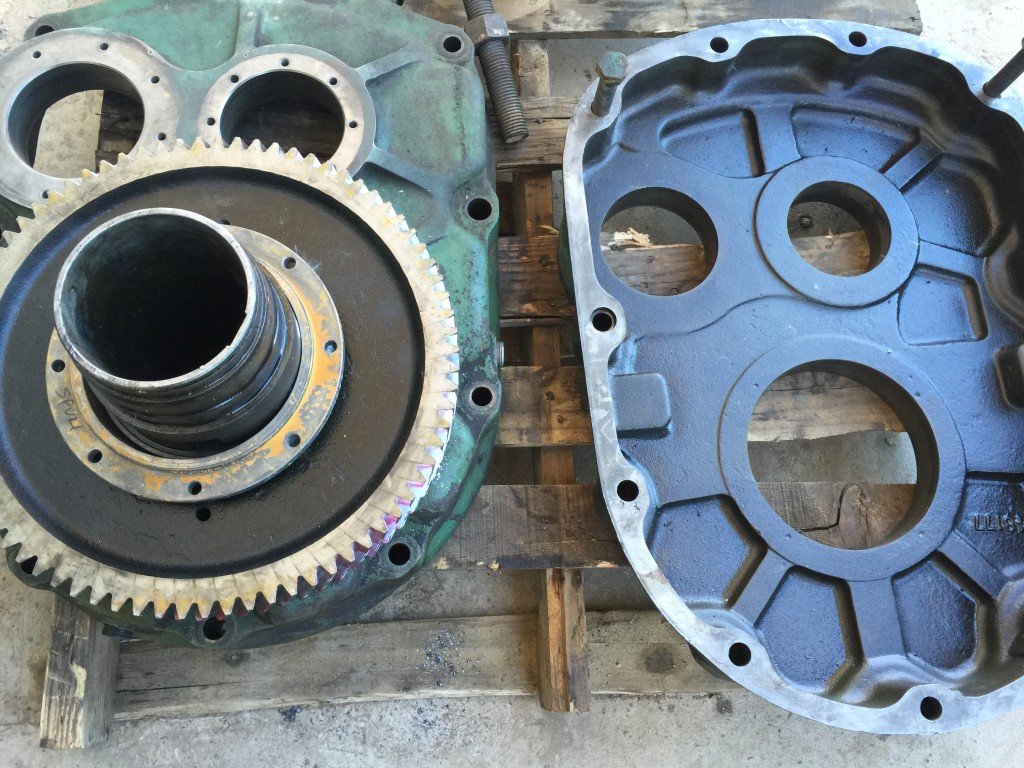Mobile:+86-311-808-126-83
Email:info@ydcastings.com
die casting products
The Significance and Applications of Die Casting Products
Die casting is a highly efficient manufacturing process used to produce metal parts with significant precision and complexity. In this process, molten metal is forced into a mold cavity under high pressure, resulting in products that are not only intricately shaped but also possess excellent dimensional accuracy. This technique has become indispensable across various industries, thanks to its ability to produce high-quality components in large volumes.
One of the primary advantages of die casting is the ability to achieve fine details and complex geometries. It allows for the creation of products that would be difficult or impossible to manufacture using traditional machining methods. This attribute is particularly beneficial for sectors such as automotive, aerospace, and electronics, where precision and reliability are critical. For instance, die-cast components are widely used in the production of engine parts, housings for various electronic devices, and even structural elements in aircraft. The strength-to-weight ratio achieved through die casting can significantly enhance performance while reducing overall weight.
Another key benefit of die casting is the speed of production. The process allows for rapid manufacturing cycles, which can lead to reduced lead times and lower production costs. Molds can be designed for long-term use, enabling mass production that maintains consistent quality. This efficiency is particularly crucial in today’s fast-paced market, where companies strive to bring products to consumers quickly without compromising on quality.
die casting products

In addition to speed and precision, die casting is also known for its sustainability advantages. The process generates minimal waste compared to traditional machining, where excess material is often removed and discarded. Furthermore, many die casting facilities adopt practices to recycle scrap metal, which not only reduces material costs but also lessens the environmental impact. As industries globally strive to improve sustainability, die casting products align well with these goals, making them a viable option for eco-conscious manufacturers.
The versatility of die casting materials also contributes to its widespread application. Commonly used metals include aluminum, zinc, and magnesium, each of which offers unique properties. Aluminum die casting, for instance, results in lightweight, corrosion-resistant parts that are ideal for automotive and aerospace applications. Zinc die casting, on the other hand, produces durable products with excellent surface finishes, making them suitable for consumer electronics and hardware. The choice of material significantly influences the application's performance characteristics, allowing companies to tailor their products to specific needs.
Moreover, advancements in technology have led to the development of improved die casting techniques, such as vacuum die casting and semi-solid die casting. These innovations enhance the quality of the final products, reduce defects, and expand the range of possible applications. Manufacturers are now able to produce intricate designs that were once deemed impractical, paving the way for new innovations in product design.
In conclusion, die casting is a transformative manufacturing process that plays a pivotal role in producing high-quality, precise, and sustainable products across a range of industries. From automotive components to intricate electronic housings, the applications of die casting are extensive and continue to grow with technological advancements. As industries increasingly recognize the benefits of efficiency, precision, and sustainability, die casting products will undoubtedly remain at the forefront of modern manufacturing. This process not only enhances product performance but also positions manufacturers to meet the evolving demands of the market.
-
Why Should You Invest in Superior Pump Castings for Your Equipment?NewsJun.09,2025
-
Unlock Performance Potential with Stainless Impellers and Aluminum End CapsNewsJun.09,2025
-
Revolutionize Your Machinery with Superior Cast Iron and Aluminum ComponentsNewsJun.09,2025
-
Revolutionize Fluid Dynamics with Premium Pump ComponentsNewsJun.09,2025
-
Optimizing Industrial Systems with Essential Valve ComponentsNewsJun.09,2025
-
Elevate Grid Efficiency with High-Precision Power CastingsNewsJun.09,2025











